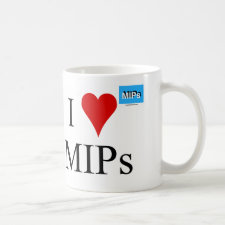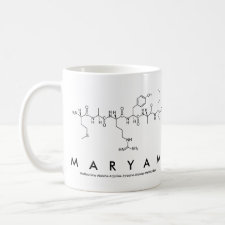
Authors: Arabi M, Ostovan A, Bagheri AR, Guo XT, Li JH, Ma JP, Chen LX
Article Title: Hydrophilic molecularly imprinted nanospheres for the extraction of rhodamine B followed by HPLC analysis: A green approach and hazardous waste elimination.
Publication date: 2020
Journal: Talanta
Volume: 215
Article Number: 120933.
DOI: 10.1016/j.talanta.2020.120933
Alternative URL: https://www.sciencedirect.com/science/article/pii/S0039914020302241
Abstract: In this work, hydrophilic molecularly imprinted nanospheres (MINs) were synthesized via surface imprinting technology and subsequently utilized as dispersant sorbent in matrix solid phase dispersion (MSPD) for the extraction of rhodamine B (RhB) as the illogical food additive dye from different foodstuffs, followed by HPLC analysis. By considering hydrophilicity of target analyte, the sol-gel route was chosen for the preparation of MINs in aqueous media at mild conditions. Most importantly, both synthesis and extraction steps were designed and performed in the line of green chemistry and hazardous waste was eliminated to minimize detrimental impact on the operator health and the environment. The reputable experimental design methodology was adopted to assist the condition optimization of MSPD, which comprehends the significance of the factors and their interactions with the least experimental runs. Under optimized MINs-MSPD-HPLC conditions, the detection limit of RhB was down to 0.14 μg kg-1 and excellent linearity over the wide range of 0.5-10000 μg kg-1 was attained. Furthermore, endogenous RhB was found in the tested food samples with relative standard deviations (RSDs) of ≤ 4.6%, and satisfactory recoveries were from 83.6 to 96.9%. The simple green MINs-MSPD method holds great potential for determination of trace RhB in complicated solid/semi-solid samples, showing rapidity, accuracy and reliability
Template and target information: rhodamine B, RhB
Author keywords: Molecularly imprinted polymers, Green synthesis, Eco-friendly waste, Matrix solid phase dispersion, Experimental design, Rhodamine B



Join the Society for Molecular Imprinting

New items RSS feed
Sign-up for e-mail updates:
Choose between receiving an occasional newsletter or more frequent e-mail alerts.
Click here to go to the sign-up page.
Is your name elemental or peptidic? Enter your name and find out by clicking either of the buttons below!
Other products you may like:
 MIPdatabase
MIPdatabase









